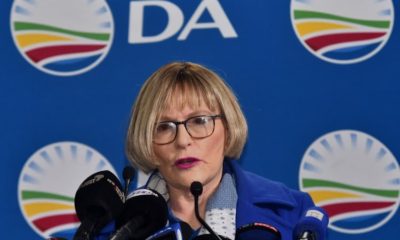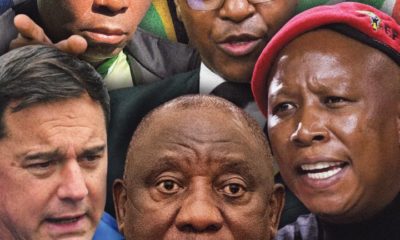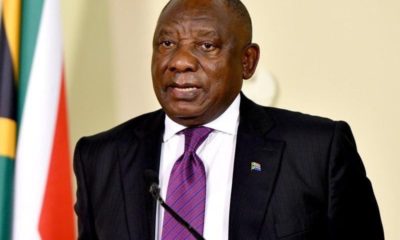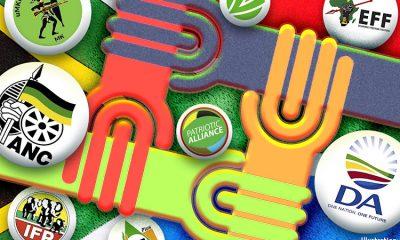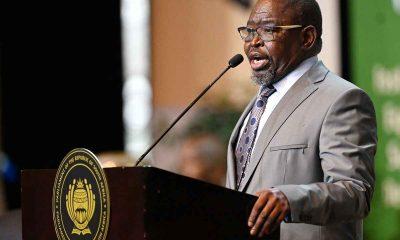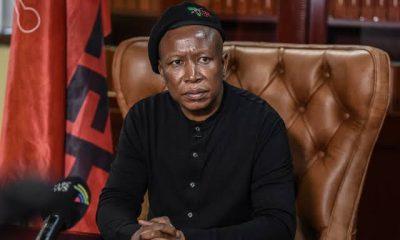Business
South Africa’s R73 Billion Budget Gap Puts GNU Unity and Market Confidence to the Test

South Africa’s Government of National Unity (GNU) faces one of its toughest early tests — passing a viable national budget amid a ballooning deficit and growing political tension.
According to Bank of America (BofA), the looming R73 billion budget shortfall that’s opened up since the March tabling now overshadows economic concerns and has become a litmus test for how well the GNU is functioning.
The Stakes Are High
With the third attempt at tabling a national budget due on 21 May, BofA economists believe that this version — dubbed “Budget 3.0” — will be less about fiscal metrics and more about political cohesion.
“This budget is more important for signalling the GNU temperature than for any forecasts it may contain,” BofA said following a three-day visit to South Africa.
The budget gap has been exacerbated by a sharply deteriorating economic outlook, driven by both global and local factors. The fallout from US President Donald Trump’s renewed tariff war and a sluggish pace of structural reforms at home have hit growth expectations hard.
Originally, Treasury had based the March budget on 1.9% GDP growth and 4.3% inflation. Updated forecasts now suggest growth may fall below 1.5%, while inflation remains steady or slightly lower.
Pressure Mounts Within the GNU
For Budget 3.0 to succeed, the ANC-led Treasury needs backing from GNU partners, especially the Democratic Alliance (DA). But with the VAT hike already scrapped due to political resistance, there’s limited room to manoeuvre.
Dropping VAT has already left a R13.5 billion hole, but if Treasury acknowledges slower growth and aligns with market expectations, that gap could swell to between R53 billion and R73 billion.
To fill this hole, the government must choose between two unpalatable options: deep spending cuts or aggressive revenue-raising measures — both of which carry political risks for GNU parties.
A Softer Approach Likely
Economists expect Treasury to strike a delicate balance. Budget 3.0 will likely forecast growth slightly above market consensus at 1.5%–1.6%, while introducing moderate spending cuts.
Additional revenue could come from higher gold prices — thanks to global instability — and more aggressive tax collection by SARS, possibly narrowing the gap to R20 billion–R30 billion.
This, according to BofA, could be enough to keep GNU unity intact — for now.
“A budget endorsed by both the ANC and DA would signal reduced tensions in the GNU and boost investor confidence,” BofA noted.
Borrowing Risks and Market Reactions
Still, even a softened budget could mean more borrowing. If Treasury goes with more realistic growth forecasts and only modest cuts, a higher fiscal deficit is all but certain.
That might unsettle financial markets. Increased borrowing would be seen as a walk-back of Treasury’s prior commitment to stabilise domestic debt issuance.
Conversely, if Treasury aligns with BofA’s more bearish outlook — a R40 billion–R60 billion gap with 1% less GDP growth — it could spark political panic and risk another budget rejection.
GNU Holding — But Fragile
Despite earlier fears of a complete GNU breakdown, political sources suggest tensions have simmered, not exploded. Budget 3.0 will be a key signal: either toward strengthening the coalition, or exposing its fractures.
A neutral, consensus-driven budget with a clear GNU majority vote would likely lead to a stronger rand, lower bond yields, and a narrowing of credit spreads — giving the government some breathing room.
On the other hand, a budget misfire could drive asset sell-offs, widen spreads, and heighten fears about South Africa’s political and economic trajectory.
As Budget 3.0 approaches, all eyes are on South Africa’s leadership. More than fiscal arithmetic, it’s a test of political unity and governance — with billions, and market confidence, on the line.
{Source: BusinessTech}
Follow Joburg ETC on Facebook, Twitter , TikTok and Instagram
For more News in Johannesburg, visit joburgetc.com

